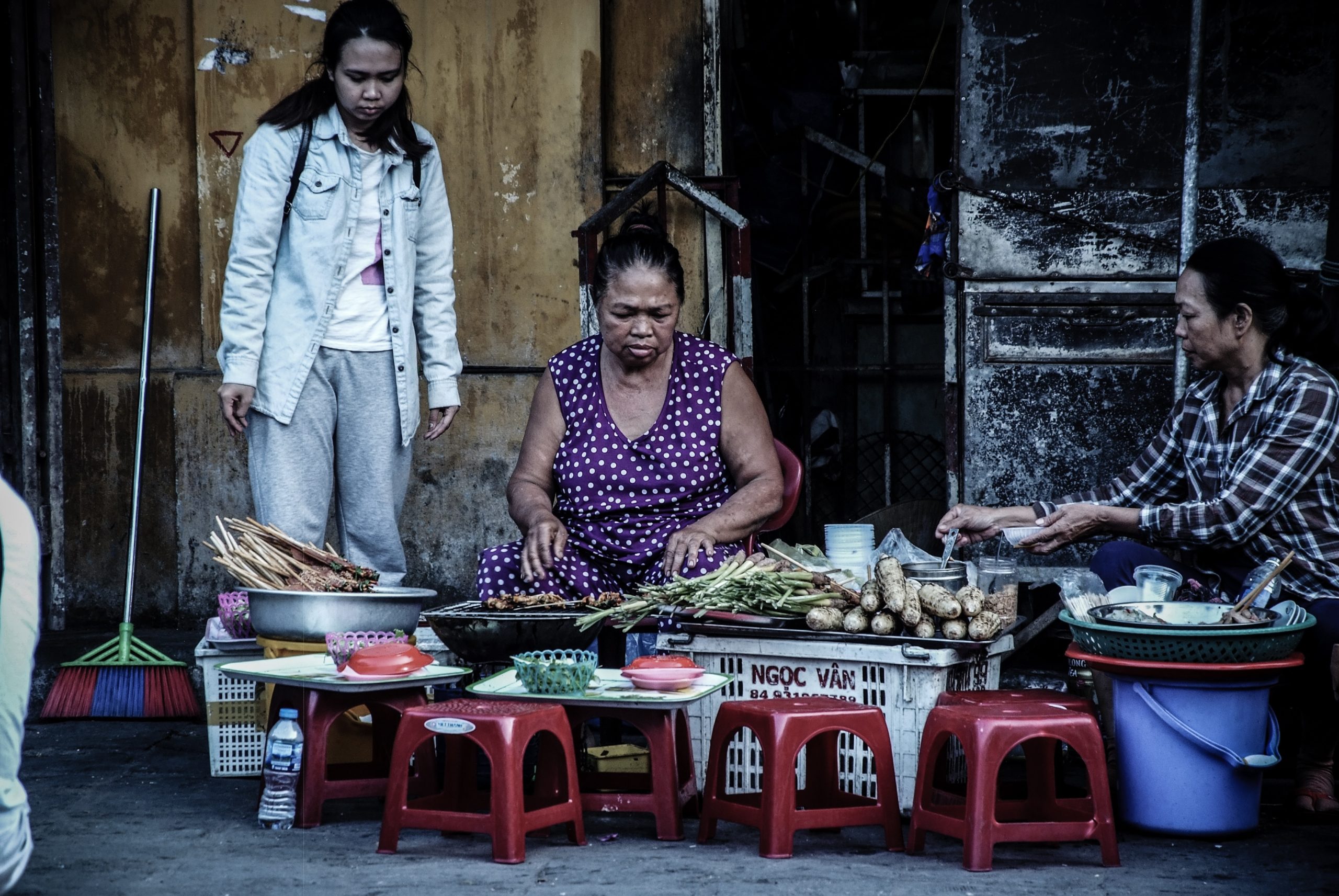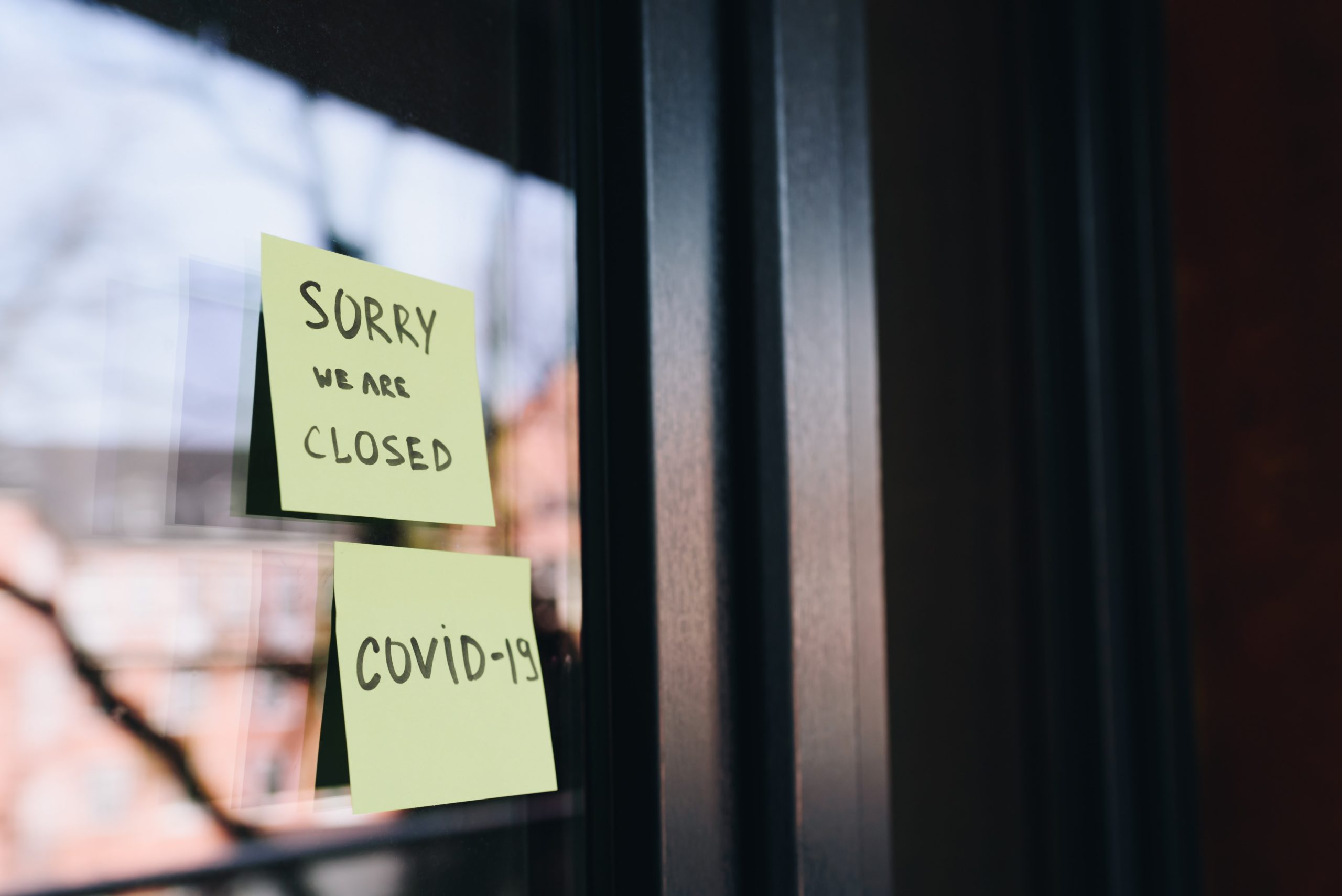The post The Precarious Position of Microfinance During COVID-19 appeared first on GeoPoll.
]]> A micro-loan is often life-changing for financially excluded people because many use the loan to build small businesses that become their source of income. If it wasn’t for Microfinance Institutions (MFIs), the opportunity to start a small business would be otherwise impossible for the financially excluded. However, interest rates on micro-loans are high, and it can be quite challenging for the indebted to repay their loans. On the other hand, MFIs are reliant on the high-interest rates of the micro-loans they provide and need steady payments to cover their costs.
A micro-loan is often life-changing for financially excluded people because many use the loan to build small businesses that become their source of income. If it wasn’t for Microfinance Institutions (MFIs), the opportunity to start a small business would be otherwise impossible for the financially excluded. However, interest rates on micro-loans are high, and it can be quite challenging for the indebted to repay their loans. On the other hand, MFIs are reliant on the high-interest rates of the micro-loans they provide and need steady payments to cover their costs.
The coronavirus pandemic has put significant strain on MFIs and may even cause many to close completely, which would re-erect the barriers to financial inclusion for vulnerable groups that MFIs have been working toward dismantling. This post will explain the challenges currently being faced in the microfinance sector and present forecasts for the future from experts.
Coronavirus’ Impact on Microfinance Institutions
In response to the financial toll the coronavirus pandemic has had, and will have, on vulnerable populations, some governments and many MFIs have imposed moratoriums on loan repayments to provide protections to the people. Although a pause on loan

payments is an important protection for those indebted, many MFIs are struggling financially as a result. With payments paused, MFIs are stuck covering their operational costs throughout months without any income, which has been seen as disastrous by many experts in the space.
The outlook seemed especially grave earlier in 2020, when many experts warned that “a slip in repayment rates from just 95 percent to 85 percent would render many MFIs insolvent in less than a year…” Since then, the outlook has lightened a bit, although danger is still forecasted. A study conducted by CGAP later in 2020 showed that MFI portfolios are showing signs of trouble, yet capitalization is providing a buffer to the demise of MFIs, which is a good sign for the financial inclusion sector.
Microfinance and Coronavirus: Impact on Financial Inclusion
GeoPoll conducted a study on the Financial Impact of Coronavirus in Sub-Saharan Africa from June-July of 2020. The nationally representative data collected represents the populations of Côte D’Ivoire, Kenya, Nigeria, Mozambique, and South Africa. The results from this study showed: concern regarding paying expenses was high for all respondents; the negative financial effects of the pandemic were felt hardest for informal workers and those earning lower incomes; nearly half of respondents had taken out a loan specifically to cover coronavirus-related expenses; and 68% of loans that were taken out were for less than $500 USD. Each of these findings support the moratoriums imposed in many countries on loan payments, yet they also underscore just how essential access to credit is in low- to middle-income countries.
In these tough economic times, many low- to middle-income countries do not have the resources to provide financial safety nets to all of their people—especially when many of the people who need the assistance most are financially excluded. In this context, Microfinance Institutions are more necessary than ever to provide assistance to those that lack access to other sources of credit for survival. Despite micro-loans being difficult to repay for the people MFIs serve, countless lives will be put at even higher risk amidst the pandemic if MFIs are not protected. For this reason, a new coalition has been formed to bring awareness to the importance that MFIs survive this delicate time. The coalition serves as a call to investors in a request for help in building up liquidity that is essential for MFIs to continue helping the financially excluded.
As the pandemic continues and the financial situation for Microfinance Institutions develops further, the need for research will present itself again and again. At GeoPoll conducting research on topics related to financial inclusion and development is our specialty. We are known for our unique ability to reach respondents that are hard to reach through traditional research methods—like people with low incomes and people that live in rural or remote areas of the world. GeoPoll’s mobile-based research platform allows us to remotely conduct research projects with a rigorous methodology, quickly and effectively. For more information on how we can help you reach your research goals contact us today.
The post The Precarious Position of Microfinance During COVID-19 appeared first on GeoPoll.
]]>The post Loan Usage and Micro Loans in Kenya, Mozambique, Nigeria, and South Africa appeared first on GeoPoll.
]]>While digital lending and more broad digital banking services can improve financial inclusion in sub-Saharan Africa and other regions such as Southeast Asia, there has also been some criticism of predatory lending terms and extremely high interest rates, leading Kenya and other nations to more strictly regulate the industry. Studies have also found there can be a gender gap when looking at access to mobile money and other digital banking services, with women still being less likely to have a bank account or own a phone than men.
Micro Loans and COVID-19 in sub-Saharan Africa
With mobile-based lending already on the rise in countries such as Kenya and Nigeria, it is expected that the economic turmoil surrounding COVID-19 will increase demand for loans. GeoPoll’s study on the financial impact of coronavirus in sub-Saharan Africa found that over three-quarters of workers had experienced a decrease in income due to COVID-19, and that the effects of the virus are most pronounced amongst informal workers and those earning lower incomes.
The study also found that nearly half of respondents had taken out a loan specifically to cover coronavirus-related expenses, which could result in negative economic impacts if people are unable to repay those loans. Concern over paying expenses due to COVID-19 was high for all respondents, with those in the informal economy more likely to be using savings and loans from banks or friends and family to cover expenses during the pandemic.
Loan Usage and Amount
As part of the same financial study, GeoPoll collected additional information on loan usage in Kenya, Nigeria, Mozambique, and South Africa. Looking at all four countries we found that about half of all respondents are currently paying off a loan, with this number being highest in Kenya, at 68%, and lowest in South Africa, at 39%. This is likely due to Kenya being at the forefront of mobile-based lending and financial services for the past decade and is in line with the Digital Lending Association of Kenya’s findings.
The older age groups are more likely to be paying off loans than those aged 18-25, of which 42% state they are paying off loans, compared to 59% of those ages 36 and above. We also find that males are more likely than females to be paying off loans, with 54% of males and 48% of females across all countries paying off loans. Looking at loan usage by income level and employment type, we find that informal workers are less likely than formal workers to be paying off loans. This could be due to the fact that informal workers still often lack access to financial services, even with the proliferation of digital lending firms.
Those who reported that they are paying off a loan were asked how much they still owe for all outstanding loans in an open-ended question, which was then coded and put into ranges for each country approximating $0-50, $51-100, $101-250, $251-500, $501-1000, $1001-2000, $2001-5000, and above $5000 USD. From these ranges we found that almost 70% had loan amounts of up to $500, while just 10% had outstanding loans in amounts equivalent of $2000 USD or higher. The most common loan amount was $101-250, which 21% of those who have outstanding loans fell into.
 Loan amounts varied by age, with the younger age groups reporting smaller outstanding loan amounts; 49% of those age 18-25 owed up to $100, compared to 34% of those aged 26-35 and 16% of those aged 36 and older. Given that those aged 18-25 were also found less likely to be responsible for paying expenses and more likely to be students or unemployed than older groups, this demonstrates that the youth may not yet need large loans, and when they do take out loans they are doing so in relatively small amounts.
Loan amounts varied by age, with the younger age groups reporting smaller outstanding loan amounts; 49% of those age 18-25 owed up to $100, compared to 34% of those aged 26-35 and 16% of those aged 36 and older. Given that those aged 18-25 were also found less likely to be responsible for paying expenses and more likely to be students or unemployed than older groups, this demonstrates that the youth may not yet need large loans, and when they do take out loans they are doing so in relatively small amounts.
Females also take out loans in lower amounts, with 36% of females taking out loans up to $100, compared to 26% of males. The most common loan range for females was $0-50, at 22%, while the most common range for males was $101-250, at 23%. South Africans are more likely to take out loans in higher amounts; While only 27% of respondents in South Africa owe less than $250, 58% of those in Kenya, 61% of those in Mozambique, and 55% of those in Nigeria fall into the same bracket. Those in Mozambique are most likely to take out loans up to $50, with almost a quarter of respondents reporting that range.
Data on Mobile Lending and Micro Loans
GeoPoll has conducted studies in over 80 countries around the globe and our team of research experts can help design and implement custom financial studies through our remote research modes, which include CATI voice calls, SMS and mobile web surveys. To collect your own data on digital lending, microfinance, financial inclusion, and related topics in sub-Saharan Africa, Asia, or Latin America, contact us today.
The post Loan Usage and Micro Loans in Kenya, Mozambique, Nigeria, and South Africa appeared first on GeoPoll.
]]>